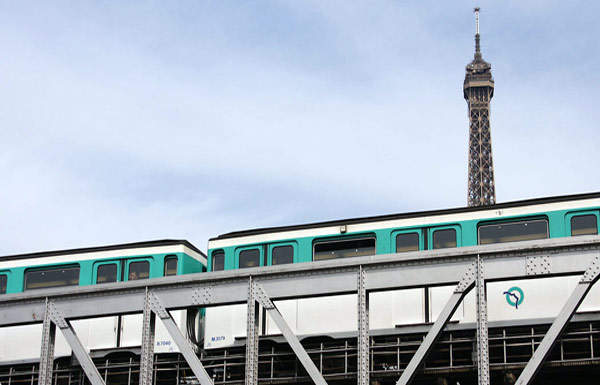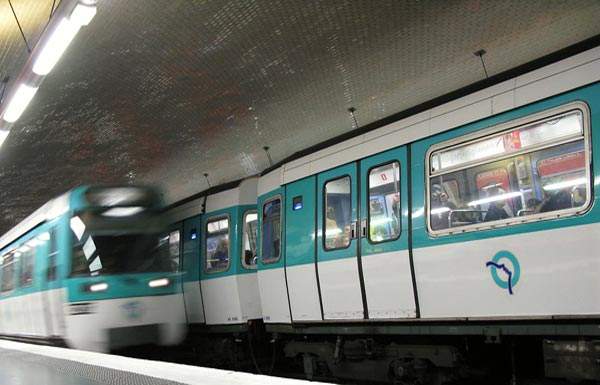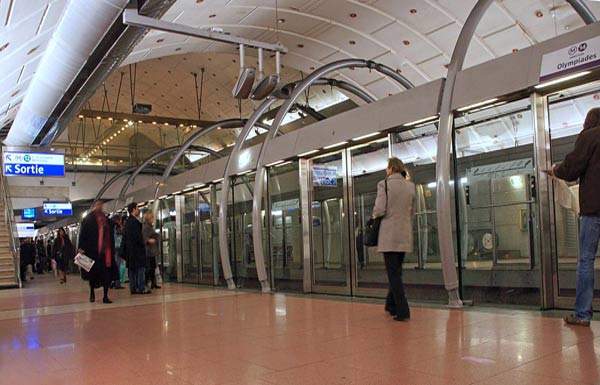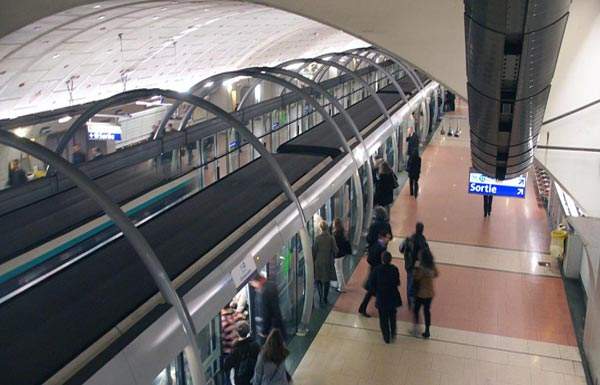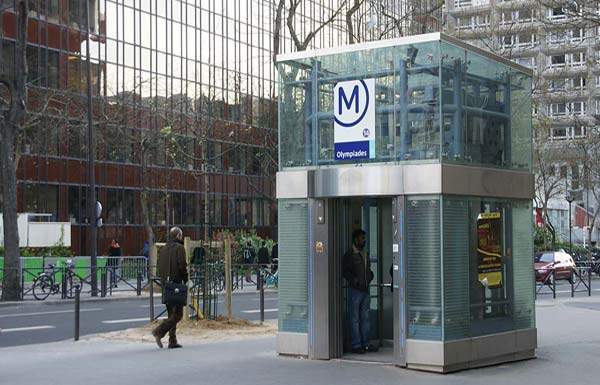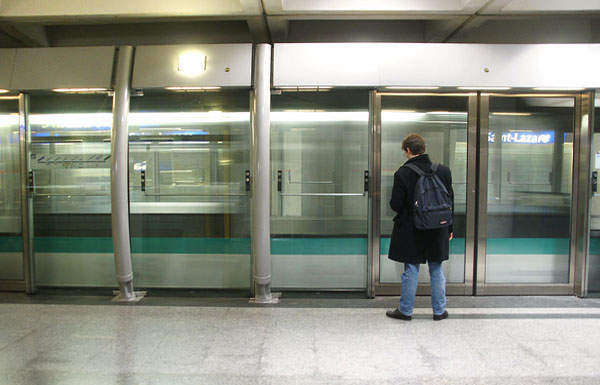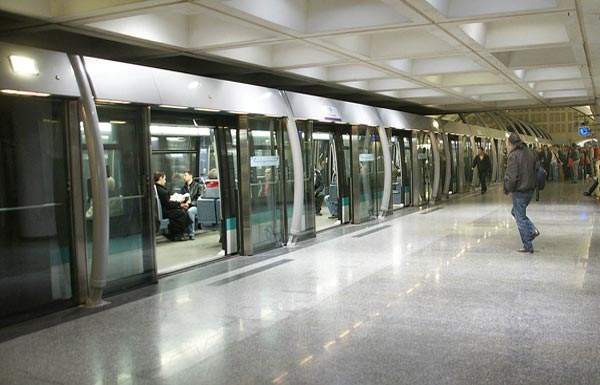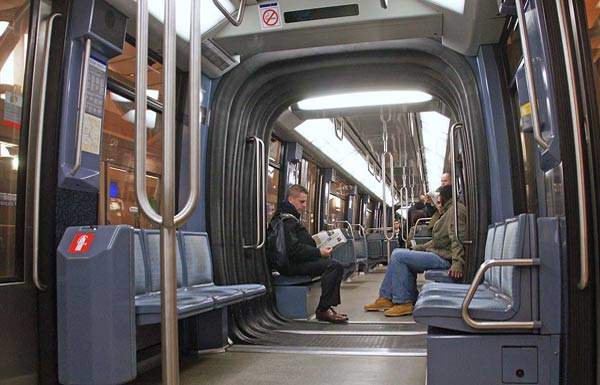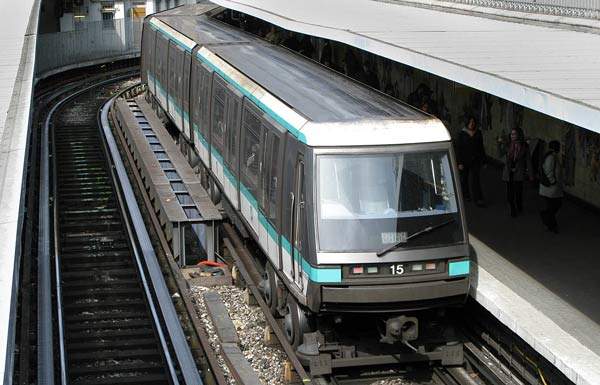As well as being the principal component of its urban public transport system, the Metro is a long-standing symbol of Paris. The bulk of the basic system was completed before the outbreak of World War II, a densely packed network within the city’s proper boundaries.
It is characterised by lines located mainly just below ground level, closely spaced stations and the relative consistency of distinctive visual styling.
In part due to concentrating on developing the more arterial, limited-stop RER lines (similar to German S-Bahn), other than extensions and reconfiguration of routes, no wholly new Metro line was added between 1935 (Line 11) and the opening of Line 14 in 1998.
The project
Public sector Régie Autonome des Transports Parisiens (RATP) is operator of the Metro, as well as Paris’ buses, tram lines T1-T3 and some of the RER lines. Developed under the project name METEOR, an acronym derived from the line’s main orientation and high design speed (Métro Est-Ouest Rapide), it had assumed the previously used Line 14 designation by the start of commercial operations.
The radical decision to create a new line was largely driven by capacity being increasingly squeezed on the Metro system in general, and in particular by the need to provide an alternative to RER lines that were attracting extremely high loadings between stops in central Paris.
Services on the initial 7.2km Madeleine-Bibliothèque François Mitterand section began in October 1998, with the first extension to the SNCF mainline terminus Sainte-Lazare opening in December 2003. In June 2007 a southern extension of similar length opened to the developing Olympiades district, this made possible by refitting the section originally used for the line’s depot, since relocated.
Infrastructure
Central Paris is compact and set upon easily worked ground, therefore immediately below the surface is found ancient tunnelling, cellars, services and the Metro itself. METEOR was developed as Paris’ first long stretch of deep level underground railway.
Freed of constraints that led to the severe curves common elsewhere on the system, the new line could take more direct alignments.
Allied to longer sections between stations than is the norm in central Paris, the rapid acceleration and deceleration properties of the rolling stock, plus the precision of automatic operation, higher speeds and shorter transit times are a feature of Line 14.
Being so removed from the surface, the enforced provision of lifts and escalators means that Line 14 is markedly more accessible for those with disabilities than most of the system’s stations which usually feature short but barrier-forming flights of stairs.
The experience for Line 14 passengers is in more ways a radical departure from elsewhere on the Metro, with far larger circulating areas, restful concealed lighting and access to trains via automatically activated doors in the platform edge screens.
The average station separation is around double the Metro norm, similarly the line’s average speed of 40km/h (25mph), giving an end-to-end timing of around 13 minutes. Only two of the nine stations do not have interchanges with other Metro lines.
Rolling stock
Line 14’s stock is the MP 89CA, Conduit Automatique, the automatically controlled derivative of Alstom’s type MP 89, a non-automatic variant, MP 89CC, operates Line 1.
The MP 89 class is one of several in service with RATP using rubber tyres and lateral guidance for operation on dedicated track featuring a wide running surface as well as steel safety rails. Equipment relating to automatic operation was supplied by Matra Transport International (subsequently Siemens), the developer of the VAL light metro system.
An early example of a rail rapid transit vehicle with wide gangway connections throughout the length, this feature promotes a greater sense of passenger security and allows for more even distribution of loads as the journey progresses.
Signalling and communications
The Line 14 operational control centre is at Bercy station which has audiovisual communication to passenger level. Trains operate to a 105-second interval, with signalling using the moving block principal.
In spite of its very different features, Line 14 is represented to customers on communication media as per other Metro lines. Stations and train fitments included design aspects aimed at deterring the vandalism that has become a modern feature of the Metro and RER.
The future
As much as changes to the line itself, the Line 14 format is equally significant to wider future developments. With automatic operation established in France via the VAL systems as at Paris Orly and Charles de Gaulle airports, Lille and Rennes, the automatic mode is also expanding internationally as exemplified by London’s DLR, Vancouver’s SkyTrain and Copenhagen Metro.
With similarities to Paris Line 14, Lausanne’s m2, featuring a shortened version of the MP 89CA and due to open in late 2008, demonstrates the capability of the wheel-track system by becoming Europe’s steepest such operation worked by adhesion.
Converted to track for rubber-tyred vehicles, the 16.5km east-west Line 1, the Metro’s busiest, is due for conversion to automatic operation, part of a general move to more driverless trains in Paris.
RATP indicates in “L’essential du plan d’entreprise 2008–2012” a completion of the Line 1 project by the end of 2011, this being delivered whilst maintaining services on the line.
A potential southwards extension of Line 14 to Orly Airport is more likely to have that role covered by a new tramway, although connection with Line 7 at Maison Blanche remains possible, as is some form of extension north from Sainte-Lazare.

